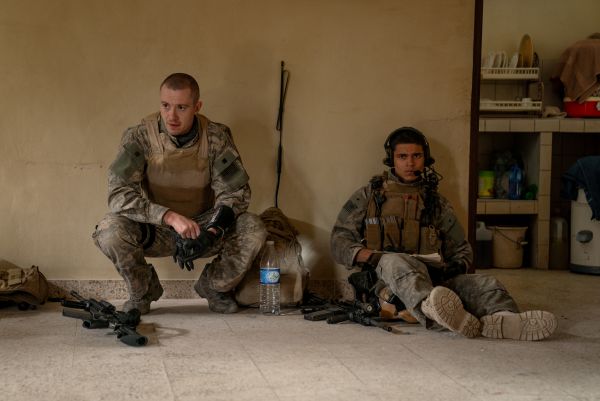
Warfare is not for those with extreme noise sensitivity. It’s a film that forces its audience to confront the sounds of conflict—both the loudness and the mundane silence—and does so with brutal efficiency.
So much happens in this movie, yet at the same time, not much happens—at least in the context of macro vs. micro storytelling. In the grand scheme of the Iraq War, it deliberately eschews the scale embraced by The Hurt Locker or American Sniper, instead accentuating the gritty nature of… well, warfare. But Warfare draws from a far more intimate place.
Co-directed and co-written by Alex Garland and his Civil War advisor Ray Mendoza, a real-life Iraq war veteran, the screenplay is based on Mendoza’s memories—recounting past military events while serving in Ramadi in real time, without the usual movie glamor or jingoism. That, in turn, makes the evocative sensation of being in the heat of battle all the more nerve-wracking.
In this recollection, young Mendoza is played by Reservation Dogs’ D’Pharaoh Woon-A-Tai, one member of a Navy SEAL platoon aiding American forces in Iraq in November 2006. We don’t learn much about his team’s backstories or where they were previously stationed. Names are occasionally thrown around—Elliot (Cosmo Jarvis), Erik (Will Poulter), Sam (Joseph Quinn), Tommy (Kit Connor), and McDonald (Michael Gandolfini)—but they’re more function than focus.
After breaking into an Iraqi home (keeping the family around, albeit under close guard), Mendoza and his squad mates turn it into a base and sniper’s perch to surveil local insurgents who appear to be rallying nearby. For much of the first act, quietness dominates. We follow the soldiers through the house as they watch, check their radios, peer through sniper scopes, and generally dick around with each other.
Events escalate when they’re eventually ambushed—but not in the usual war movie style. It’s not bombastic, but sudden: an enemies-from-all-angles assault that traps the platoon in their base until mass evacuation can arrive. The escape plan goes awry, severely injuring one member and forcing the rest to maintain composure and wait, even longer, after all hell has broken loose.
Since the film plays out in real time, the viewer watches this ambush scenario rise and fall alongside the soldiers as they attempt to cover blind spots under astonishing circumstances. It’s a very ambient experience, lacking the usual big, heroic personalities in favor of regular guys reacting to danger and devastating injuries with raw vulnerability.
The setting is about 90 percent limited to that home base, occasionally expanding to the nearby streets and a Call of Duty–style drone cam POV charting enemy and ally positions. Garland and Mendoza even do away with musical cues—save for the opening scene, where the platoon bonds over a sexy ’80s workout video.
Instead, the audio focuses on emulating the headspace of a soldier under siege: disoriented, brave, frightened, composed, and in pain all at once. What’s especially noteworthy is how the film’s visuals and audio cues overlap to create a chilling sensory overload. At one point, survivors of an attack retreat to their base, but the camera lingers on everything around them first—hazy green smoke enveloping soldiers as they regain their bearings. Sound is disturbingly muffled to emulate ringing ears, only gradually fading back in once they find temporary cover. Shouts and screams cross-cut with overlapping radio chatter—all of it feels nightmarish. Warfare goes for pure visceral impact. And despite the challenge of telling the cast apart beneath helmets, dust, and blood, it successfully achieves that immersive, harrowing vibe.
It’s not a film that aligns neatly with any side of the political aisle. Warfare gestures toward—but doesn’t fully confront—how all this combat affects the family whose home has been overtaken by foreign troops. Still, it directly rebukes toxic, machismo-driven attitudes that frame war as some glorious baptism-by-violence. Instead, it leans into the chaos of combat and the small, instinctual actions that help soldiers survive by the skin of their teeth.
Perhaps that commitment to portraying basic action—and the chilling, award-worthy sound design—makes Warfare’s combat feel more human than most war stories. As both memory and cinema, it’s an experience no one will soon forget.

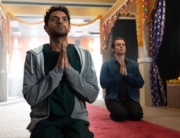

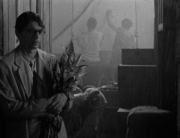


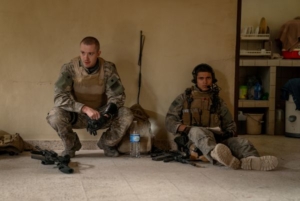
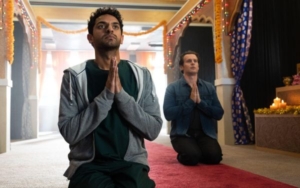

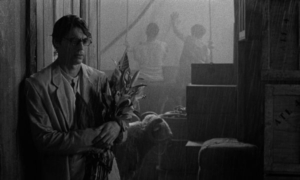
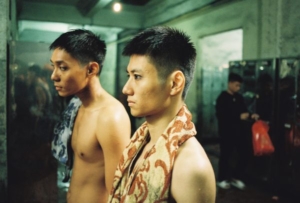
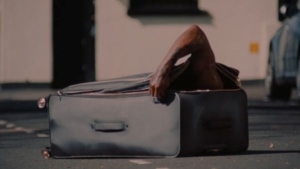

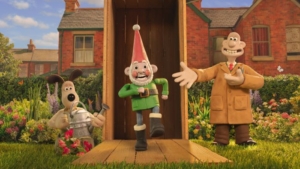
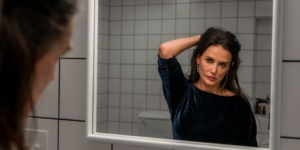
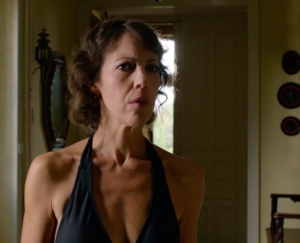
Leave A Comment